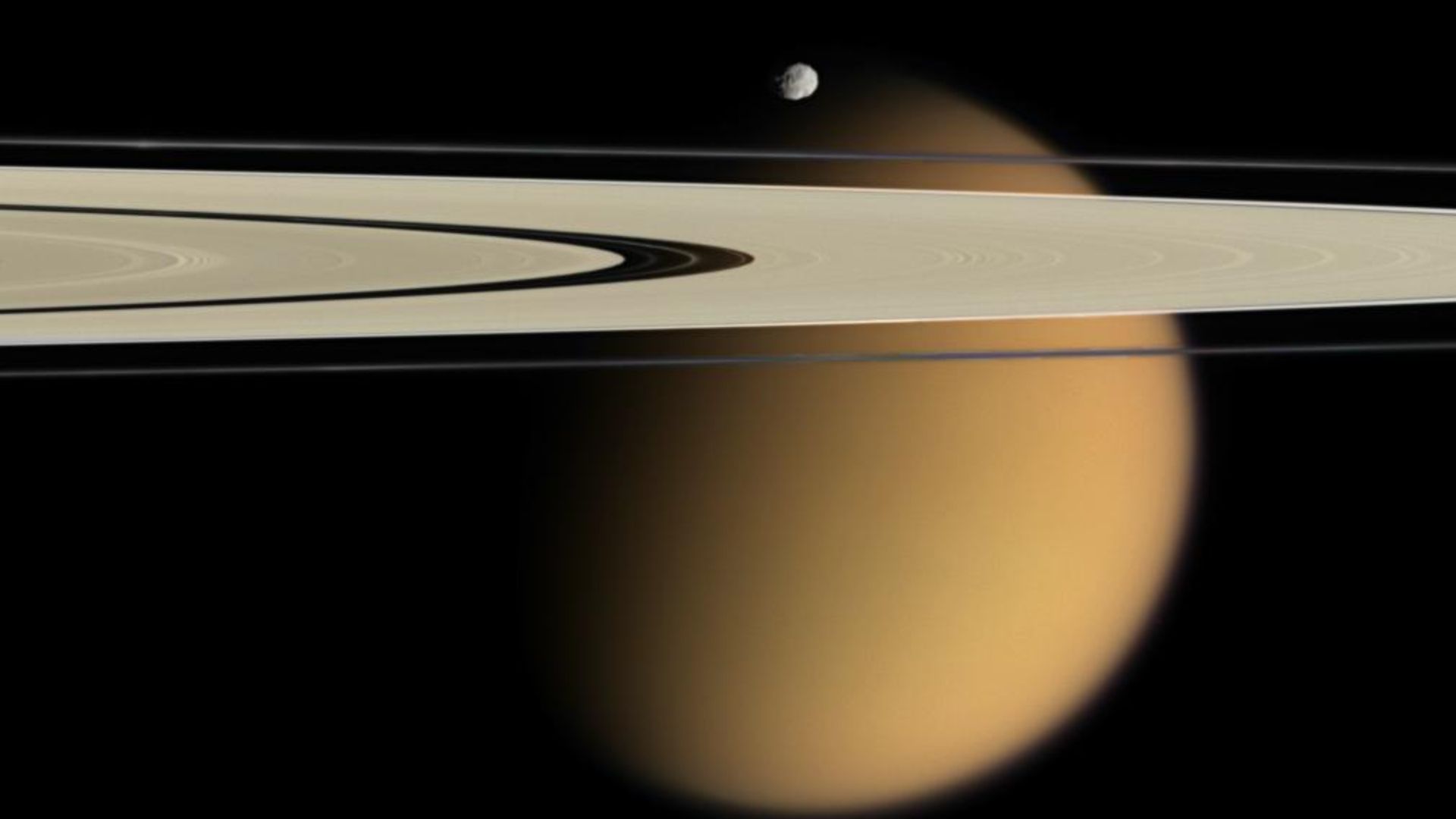New Discovery Sheds Light on Titan’s Bizarre Chemistry
Saturn’s largest moon, Titan, continues to surprise scientists with its unusual chemical interactions. Recent research reveals that methane and ethane molecules can infiltrate the crystal lattice of frozen hydrogen cyanide. This finding challenges previous assumptions about Titan’s surface and atmospheric chemistry.

Implications for Alien Chemistry and Astrobiology
Titan’s frigid environment already fascinates scientists because of its dense atmosphere and hydrocarbon lakes. Now, with the discovery that hydrogen cyanide crystals can trap methane and ethane, researchers must rethink how organic molecules behave on icy worlds. This new understanding could influence future missions and studies about the potential for life or complex chemistry on Titan. As scientists continue to explore Saturn’s intriguing moon, each discovery pushes the boundaries of what we know about chemistry beyond Earth.
Sources:
Read the full article
















